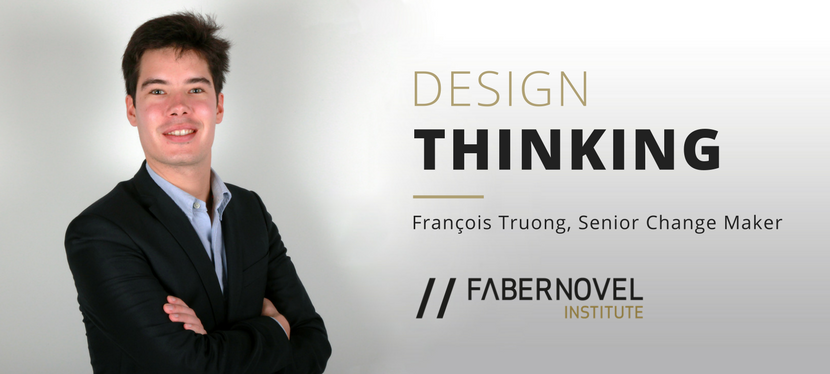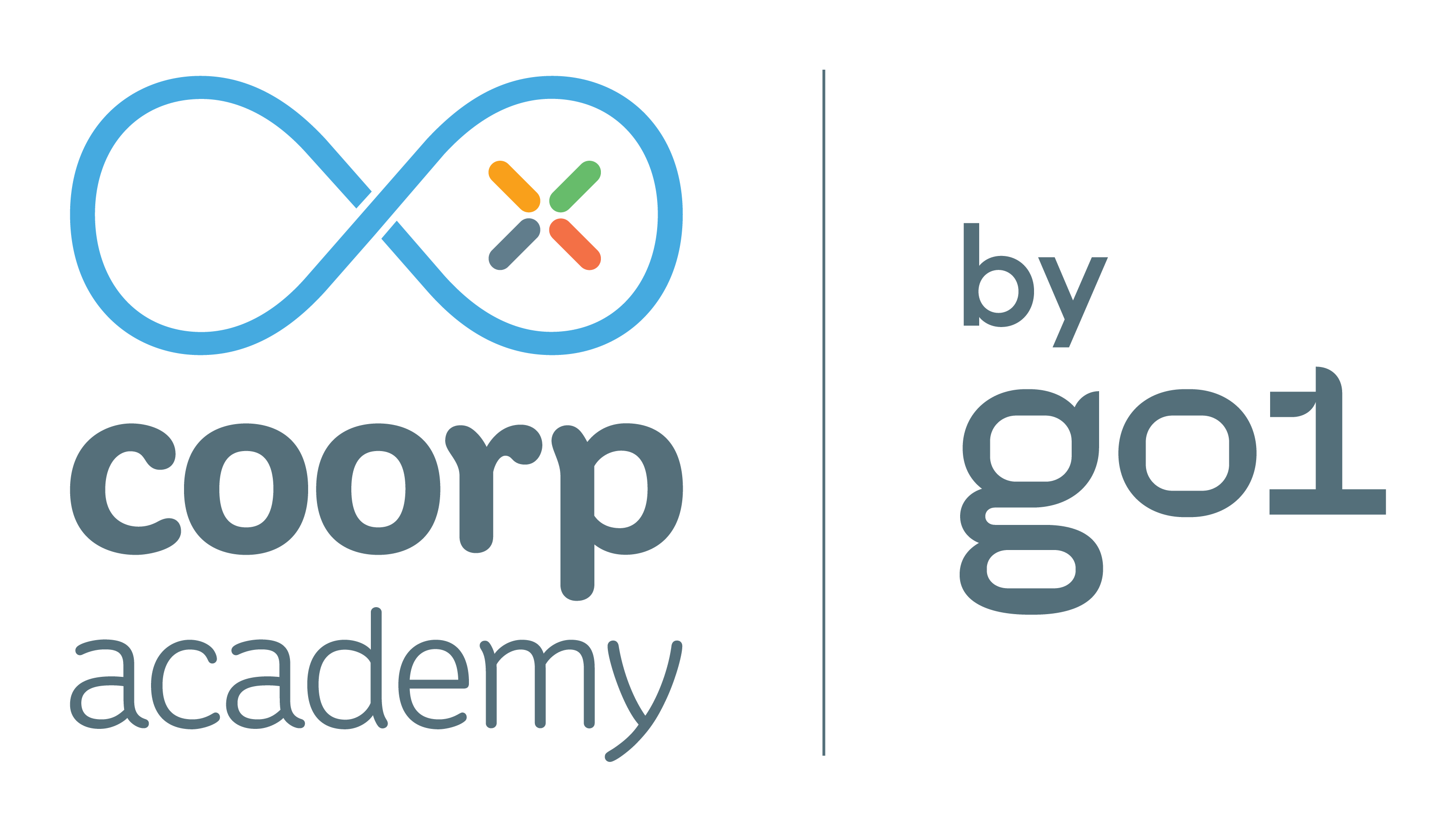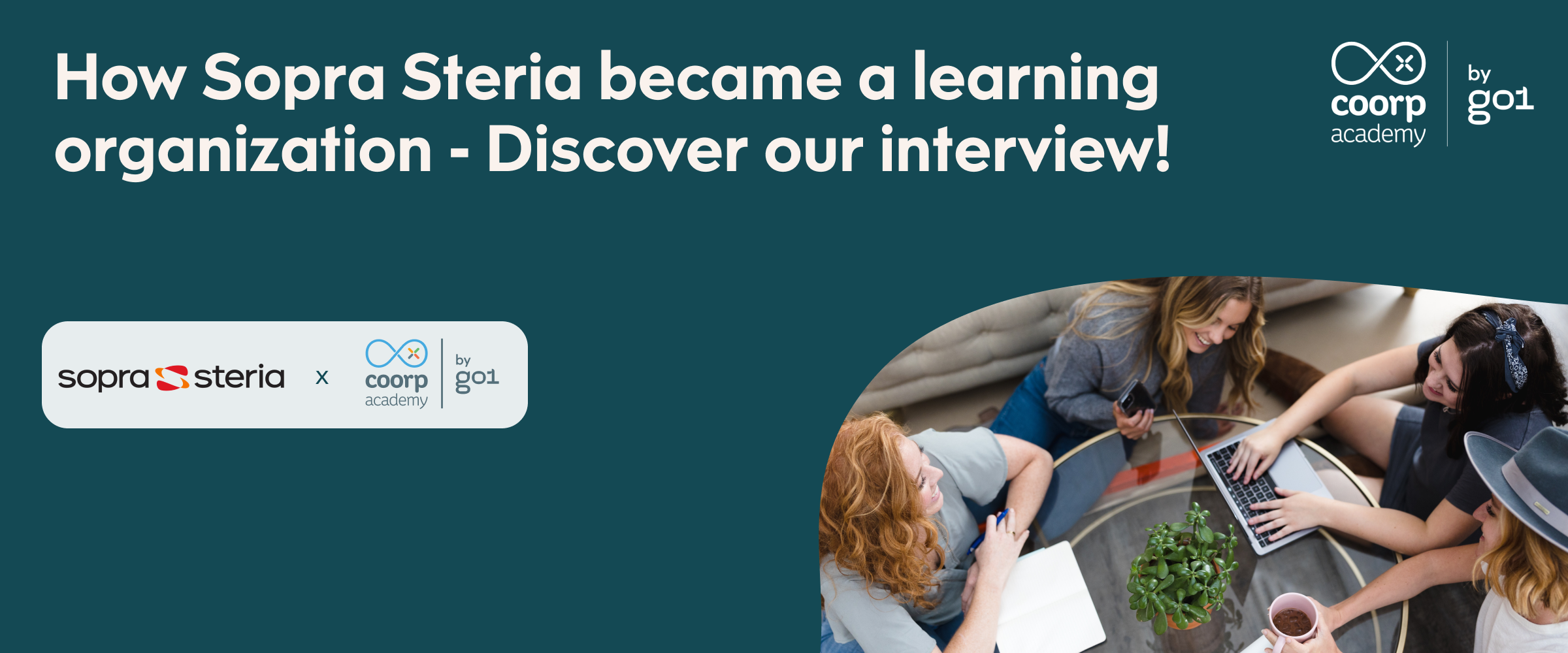Design Thinking
Interview
 To mark the release of the “Master Design Thinking to become more agile” course, change maker at the FABERNOVEL INSTITUTE François Truong answers our questions about this new way of working.
To mark the release of the “Master Design Thinking to become more agile” course, change maker at the FABERNOVEL INSTITUTE François Truong answers our questions about this new way of working.
Can you tell us a bit more about Design Thinking?
François Truong: Even though people have been discussing it a lot over the past few years, design thinking is nothing new or revolutionary. First and foremost, it’s a way of applying common sense to innovation and improvements to products and services. This method – or philosophy, rather, as it’s absolutely not about rigidly enforcing a “miracle” formula – emphasises the importance of listening to users and understanding their problems, so that we can design and rapidly prototype new solutions.
The interesting part is that digital technology and its tools very often let us quickly test a concept on a target. For example, Facebook makes 12,000 changes a month to its platform, and these are all tested upstream by users. Google designs new services such as Google Images by observing users’ behaviour (such as when they were all Googling photos of Jennifer Lopez’s dress, for instance). This is why design thinking and digital technology are often used in conjunction with each other. But it can be applied to other areas, such as space design – the French national rail organisation has used it to improve customers’ experience in stations – and to improve employee working conditions.
What does it bring to small and large businesses?
F.T.: Design Thinking isn’t just for digital start-ups. Its best practice can be transferred (not copied) into all businesses, big and small. And plenty of them are doing just that – I could mention Bank of America or GE Healthcare, but I’ll let you find out more about them in the MOOC.
One of the essential contributions it brings is letting you make a connection with end users.
Whether your customer relations are B2C or B2B or you’re dealing with a partner or employee, end users are sometimes forgotten in or kept at one remove from the innovation process.
Another advantage is that it allows you to very quickly test an idea by building a prototype and letting your users get their hands on it, so you’re not just focusing on your business plan or budget.
Because it requires a whole range of skilled people, Design Thinking lets you break down barriers and get employees working together when before they might never have even met each other.
You’ve guided several businesses through changes or periods of innovation. What did Design Thinking bring them, in your opinion?
F.T.: As well as the innovative projects that can emerge from our design thinking workshops, I’ve often noticed that employees experience a real change of mind set, even within the space of a few hours or days at the very most.
I remember a workshop with a major French insurance company: we asked participants to put themselves in their customers’ shoes and list potential sticking points (the difficulties clients might encounter in a particular situation). When the first ones had a go, unluckily for them their colleagues immediately tried to justify these sticking points, saying for example that “we’ve got legal duties” or “it wasn’t possible from an IT point of view”. In other words, they were focussing on operational restrictions rather than putting the user at the centre of their work. As the hours went by, people got more involved and in the end everyone was able to express a sticking point. We were so proud to see such a huge change take hold in just a few hours.
Some entrepreneurial habits can prevent innovation: what tips would you give businesses or employees who want to innovate?
F.T.: My first bit of advice isn’t an easy one to follow, but it would be to not hang onto your ideas too hard. When you’re using an approach such as design thinking, you can get hold of an idea very quickly and finish up forgetting other team members’ or, worse still, minimizing the impact of end users’ feedback. We often see people slip into that trap. One potential remedy is to precisely define user-focused success indicators which let you change direction when you need to. Lean analytics, which combine the lean start-up innovation methodology with the web’s inherent analytical capacities, can be a very interesting process in this regard.
Why did you choose a MOOC as a way of promoting and highlighting Design Thinking?
F.T.: Design thinking and agile methodologies more generally are first and foremost an approach or a state of mind. I’m totally confident that a MOOC like this one will demystify Design Thinking for as wide an audience as possible and demonstrate the many reasons why it’s useful – but mostly I think it will make them want to try Design Thinking themselves!
Check out the Design Thinking MOOC at Coorpacademy.com


